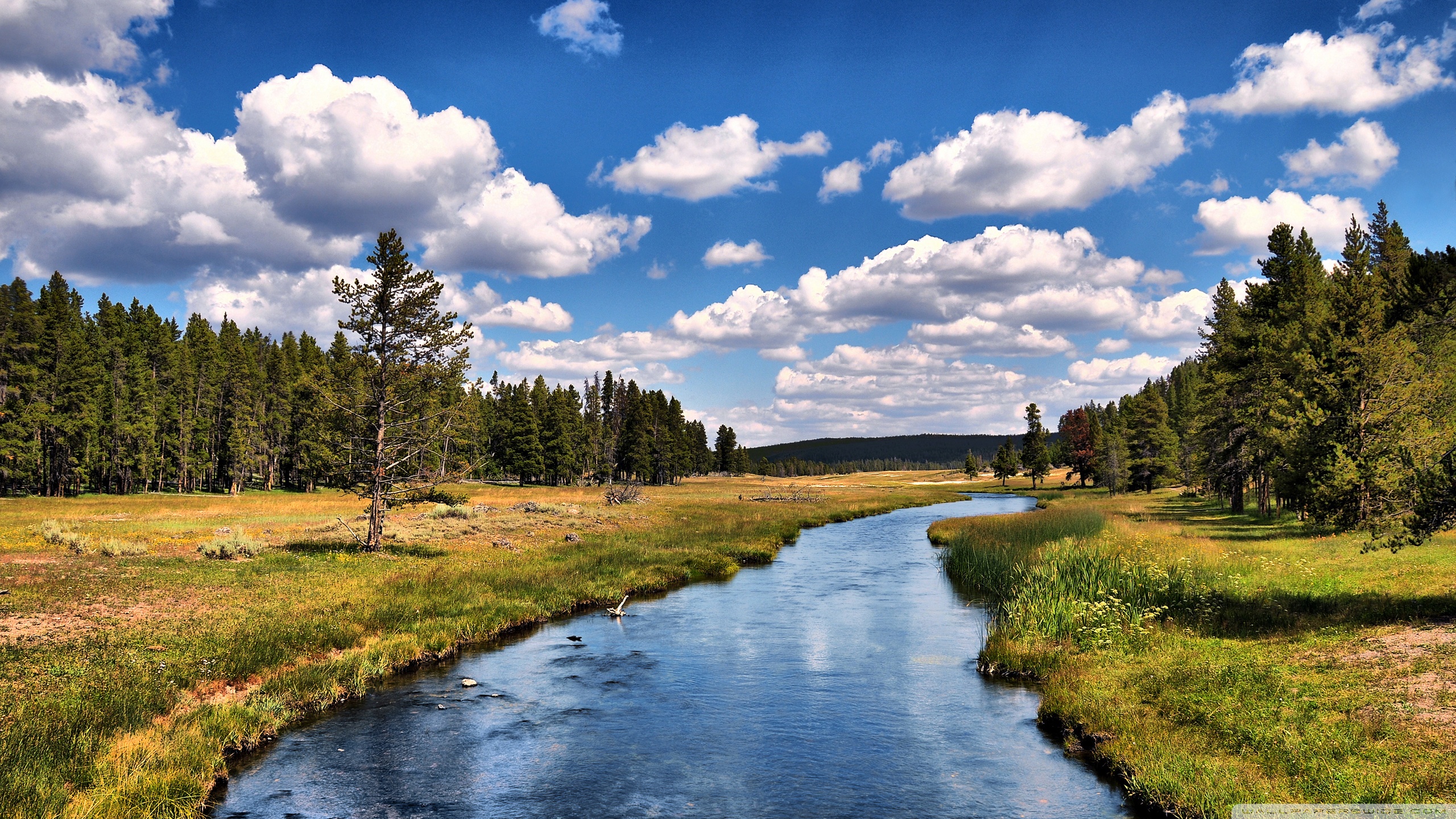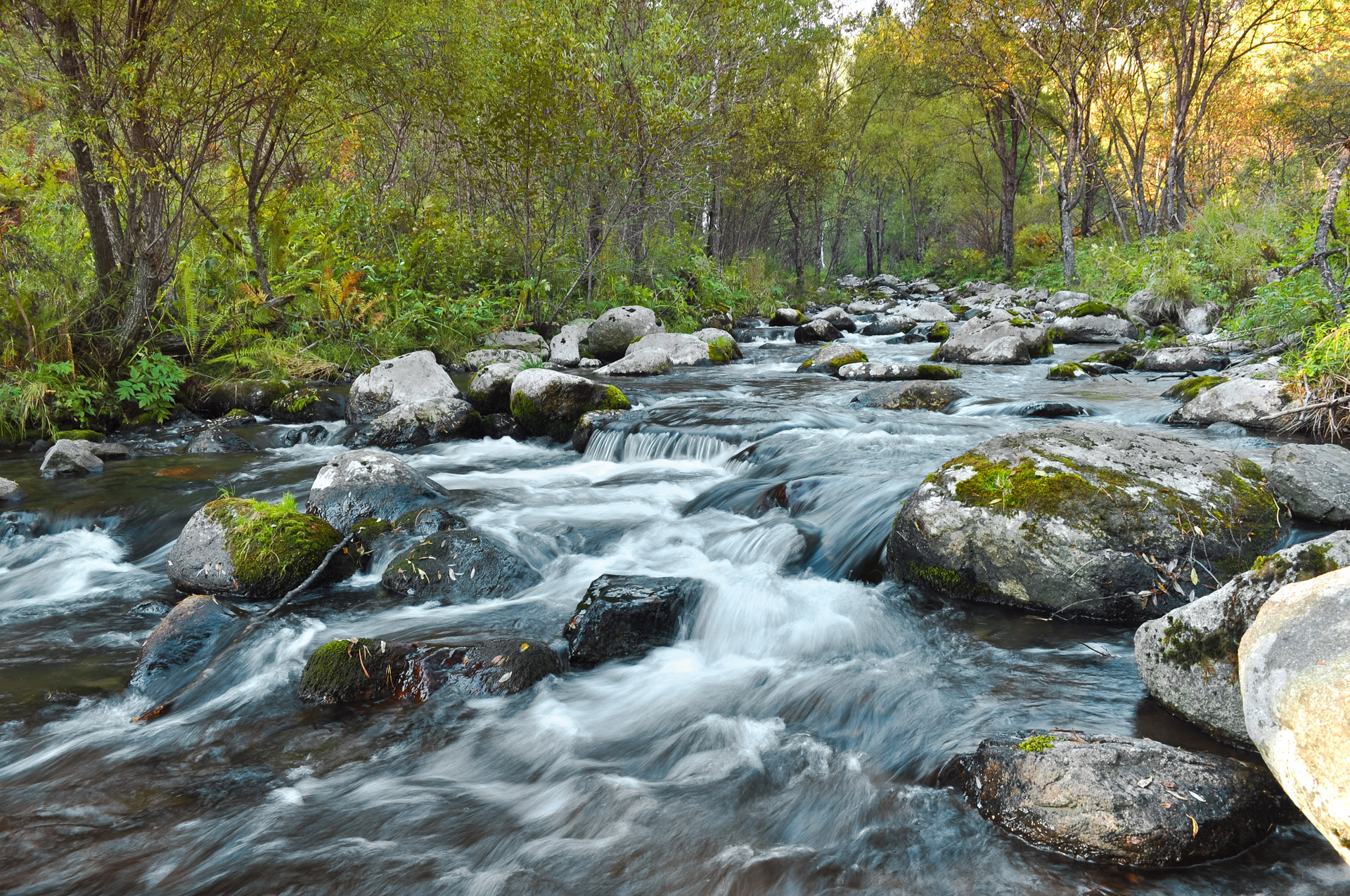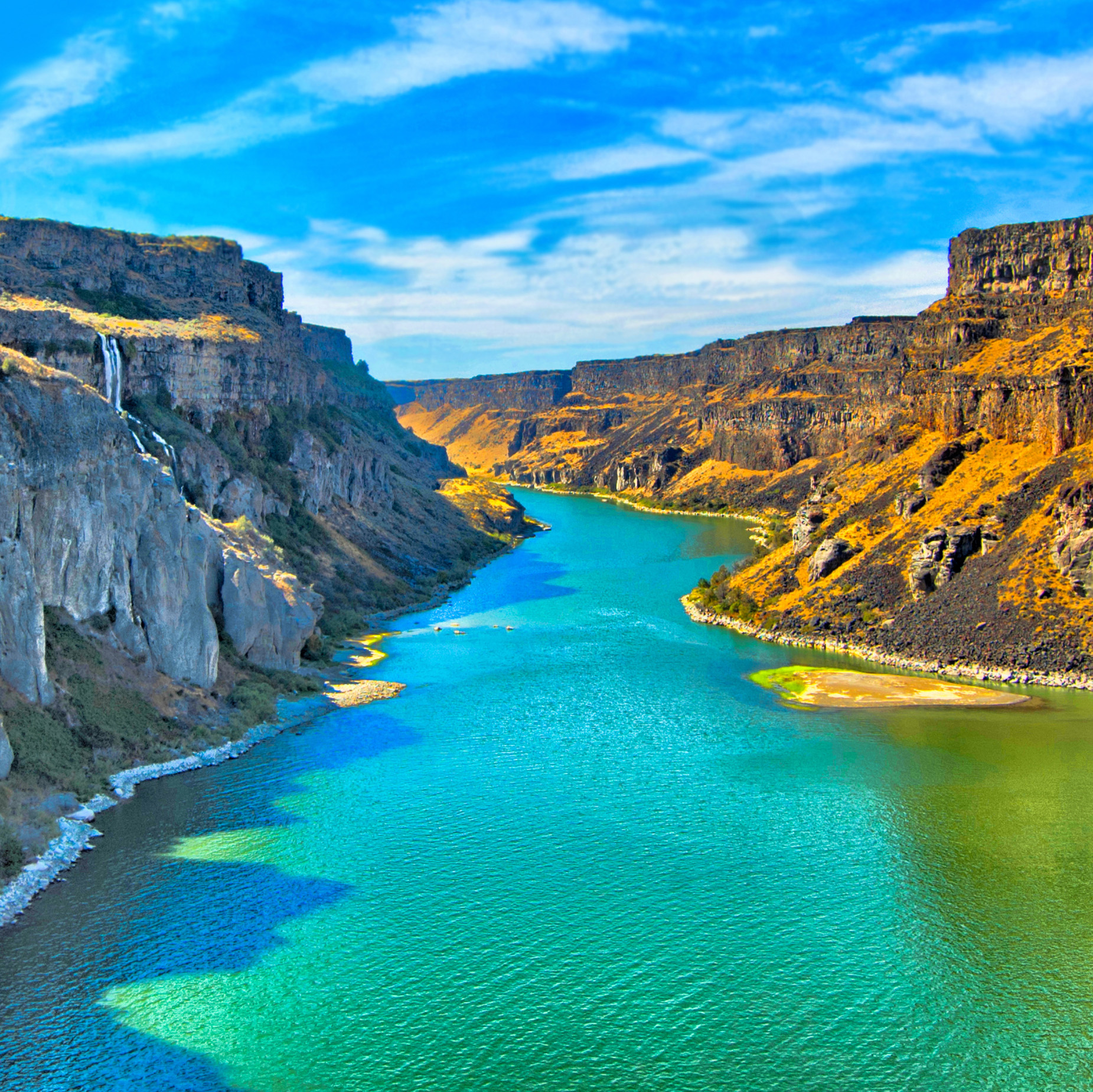AI-Generated Article
This content has been automatically generated using artificial intelligence technology. While we strive for accuracy, please verify important information independently.
Think for a moment about how something as seemingly simple as a river can shape our lives, from the very large structures we build to the daily operations of businesses. It's interesting, really, to consider how these natural paths of water, always moving, often interact with things we build for stability, for keeping things steady. You know, these fixed points in a world that feels like it's always changing.
There's a quiet story in the way a river, with its constant flow, meets a structure that stands firm. It's a bit like two different forces coming together, one always in motion, the other holding its ground. This interaction, in a way, shows us how we try to bring order and a sense of permanence to our surroundings, even as nature keeps doing its own thing. It’s almost as if we're always trying to build little pockets of calm against the current.
Whether it’s the big, solid foundations of our communities or the less obvious ways businesses create a steady presence, the idea of a river and a strong structure, a kind of fort, pops up quite often. We see it in how we manage resources, how we move around, and even in how companies try to stay steady when things are shifting. It's actually a pretty common theme, if you look closely.
Table of Contents
- How Do Rivers Power Our Daily Lives?
- What Does a President's Drive Tell Us About Business Stability?
- Can a Dam Be a Fort for a River?
- How Do Businesses Find Their Fort in Finances?
- What Role Do Bridges Play in Connecting River-Bound Forts?
- Are Property Rights a Fort for Riverfront Resorts?
- How Do Rivers Shape Our Work and Our Goods?
- What Can River Shapes Tell Us About Urban Fortifications?
How Do Rivers Power Our Daily Lives?
Consider, if you will, the essential services that keep our homes running. You know, things like electricity and gas. These are often delivered by companies whose very names hint at natural elements, like the "Green River Gas and Electric Company." This particular business, it seems, was involved in providing a very basic need, as a four thousand dollar utility bill was received and, just like that, paid. It's a quick transaction, but it points to a much bigger system, a sort of constant flow of energy and resources that supports countless homes and businesses. This continuous supply, you could say, acts as a sort of fundamental fort for daily living, giving us the steady energy we rely on.
The Green River's Fort of Utility
The name "Green River" in a utility company, quite frankly, suggests a connection to the very source of power, perhaps hydro or natural gas that flows from the earth. This infrastructure, the pipes and wires, the very system that delivers the energy, is a kind of modern-day fort. It protects our comfort, our ability to cook, to light our homes, to stay warm or cool. Without this steady stream of utility, our daily lives would be very different, wouldn't they? It's a quiet, yet utterly essential, backbone to everything we do, a steady flow from the river, secured by the fort of a reliable company.
What Does a President's Drive Tell Us About Business Stability?
Then there's the story of "River," a person, the president of Miller Custom Coffee Roasters. This individual, River, reportedly covered quite a distance in 2023, putting 30,600 miles on a 2022 Mercedes E300. A significant chunk of that, 10,200 miles, was for personal use, which is interesting to think about. It shows a life in motion, a person who is, quite literally, on the go. This constant movement, whether for business or personal reasons, is part of the rhythm of a company leader. It reflects the dynamic nature of running a business, where things are rarely standing still. So, too, a business must keep moving, adapting, just like a river.
River's Personal Fort of Routine
For River, the president, that car, that routine of driving, might represent a sort of personal fort. It’s a familiar space, a predictable part of a busy schedule. Even amidst the constant flow of business decisions and the demands of being a president, having a vehicle that reliably gets you from one place to another offers a sense of control and stability. It's a small, individual stronghold in a world that can often feel like it's rushing by. This daily commute, or perhaps even longer trips, helps maintain a personal rhythm that, in turn, supports the broader stability of the coffee roasting business. It's a subtle, yet rather important, aspect of keeping things steady.
Can a Dam Be a Fort for a River?
When we talk about rivers and structures, it's hard not to think about something as grand as the Hoover Dam. This incredible structure, you see, holds back the Colorado River, creating Lake Mead. This lake is quite expansive, stretching out about 115 miles long and covering approximately 225 square miles of surface. The dam itself is a monumental feat, a truly solid barrier that manages the river's flow. It's a powerful example of how we, as people, try to control and direct the immense force of nature, transforming a free-flowing river into a managed resource. This kind of structure, in some respects, serves as a massive fort, not just against the river's wild nature, but also for the communities and agriculture that depend on its controlled waters.
The Hoover Dam - A Fort Against the Colorado River's Power
The Hoover Dam is, basically, a colossal fort. It stands as a testament to human ingenuity, holding back an enormous body of water. This isn't just about creating a lake; it's about managing water resources for millions of people, generating electricity, and preventing floods. It provides a stable supply of something utterly vital, which is water. The dam, therefore, creates a kind of security, a fortified boundary that ensures predictability where there might otherwise be unpredictable surges or droughts. It's a very real, very physical example of how we build structures to bring order and protection against the natural world, turning the river's power into a steady benefit.
River Pools and Spas - Building a Digital Fort
Moving from massive concrete structures to the world of business, "River Pools and Spas" offers another interesting perspective on building a kind of fort. This company, it was noticed, saw a shift in what people wanted. Consumers, it seems, are now looking for really good content when they visit business websites. This means companies need to build their online presence in a way that provides value and draws people in. A website, in this sense, becomes a digital fort, a place where potential customers can come and feel secure in finding the information they need, where they can learn and engage. It's about building trust and a reliable source of information, making your online space a welcoming, yet secure, destination, much like a fort protects its inhabitants.
How Do Businesses Find Their Fort in Finances?
The idea of a fort also applies to the financial well-being of businesses. Take, for example, two companies that reported their net incomes for the most recent fiscal year: one at $189,000 and the other at $171,000. Both of these businesses had the same number of common stock shares issued, 45,000. These figures, while seemingly just numbers, tell a story of financial health. A strong net income, you see, is like a financial fort. It provides a buffer against unexpected challenges, allows for growth, and gives a business a solid foundation. It's the kind of stability that lets a company weather economic currents, much like a well-built fort can stand firm against a strong river flow. This financial strength is, basically, what keeps a business from being swept away.
What Role Do Bridges Play in Connecting River-Bound Forts?
Consider the simple act of throwing a stone. If you toss one vertically upward with an initial speed of 64 feet per second from a bridge that stands 96 feet above a river, you’re engaging with the physics of motion. But more than that, you're interacting with a structure that bridges a gap, literally. A bridge, in its very essence, is a connection. It allows passage over an obstacle, in this case, a river. It creates a stable path where there would otherwise be separation. So, too, a bridge acts as a kind of fort, a steady pathway that allows movement and interaction between two sides of a river, creating a single, connected space.
A Bridge's Fortified Connection Over the River
A bridge is, in a way, a fortified connection. It stands firm against the river's flow, providing a reliable link. Without these structures, travel and trade would be much harder, if not impossible, across wide rivers. They are, essentially, fixed points that allow for dynamic movement. This blend of stability (the bridge itself) and movement (the flow of people and goods across it, and the river below) is a powerful symbol of how we build structures to facilitate our lives. It's a very practical kind of fort, enabling access and ensuring that communities aren't cut off by the natural barrier of a river.
Are Property Rights a Fort for Riverfront Resorts?
Let's think about a city like Philadelphia, where a river flows right through it. Imagine a resort in that city, a place whose guests use the river. The concept of property rights here is very important. These rights, in a way, establish a legal fort around what belongs to someone. They define boundaries and ensure that businesses, like a resort, can operate without constant interference. This legal framework provides a sense of security, a stable ground upon which businesses can build and grow. It's not a physical fort, of course, but a legal one, offering protection and predictability for the resort's operations and its visitors who enjoy the river. It's about creating a steady environment for economic activity near a natural resource.
How Do Rivers Shape Our Work and Our Goods?
Rivers are not just geographical features; they also influence how we work and what we make. Consider how River A meets River B, forming River C at a specific point. This natural convergence is a metaphor for how different elements come together in the world of business. Then there's River Signorini, who works for New & Old Apparel and gets paid every two weeks, with an annual salary of $172,000. This steady paycheck is, basically, a personal fort for River Signorini, providing financial stability and a predictable income flow. It’s a very real kind of security in a person’s life.
River Signorini's Fort of Steady Pay
For an individual like River Signorini, the consistent, semimonthly salary is a fundamental fort. It provides a predictable flow of resources, allowing for planning and stability in personal finances. This steady income stream from New & Old Apparel is a crucial element of a person's economic security, a reliable stronghold in a world where things can often feel uncertain. It's a very practical example of how a consistent structure (the payroll system) provides a kind of personal fortification, ensuring basic needs are met and allowing for a degree of comfort and future planning. This regular payment is, in some respects, a quiet anchor.
River Gear and the Fort of Business Agreements
Then there’s the story of River Gear Company and Scenic Trips Inc. They entered into a contract on August 1st for the sale of fifty inflatable river rafts. Just ten days later, Scenic cancelled the agreement. This situation highlights the importance, and sometimes the fragility, of business agreements. A contract is, in a way, a legal fort. It's meant to provide a stable framework, a predictable understanding between parties. When a contract is cancelled, that fort, so to speak, crumbles, leading to uncertainty and potential losses. It shows how even the best-laid plans, meant to provide a solid foundation for business, can be disrupted, reminding us that even the strongest forts need careful maintenance and adherence to keep them standing firm.
What Can River Shapes Tell Us About Urban Fortifications?
Rivers, with their bends and curves, like the oxbow lake around Smith Island on the Red River, shape the very land we live on. Imagine measuring the radius of curvature of such a feature. This natural geography often influences where and how we build our communities. Think about a city that grows on the banks of a river, spreading onto islands within the water itself. A map might show bridges connecting these various land masses, creating a complex web. These bridges, you see, are more than just crossings; they are vital links, connecting what the river naturally separates. They are, essentially, part of the city's structure, its very framework, much like the walls of a fort define its boundaries and connections.
Cities and Islands - A Fortified River Network
A city built on a river, with islands and bridges, forms a kind of integrated network, a complex urban fort. The river provides both a resource and a natural barrier, while the bridges act as critical arteries, connecting the different parts of the city. These connections, when modeled as a graph, show the intricate relationships that allow a city to function as a unified whole. Each bridge is a point of stability, a structural element that helps the city maintain its cohesion and allow for the flow of people and goods. This entire system, with its mix of natural waterways and human-made connections, creates a living, breathing fort, constantly adapting to its environment while maintaining its core structure. It's a truly dynamic interplay of flow and steadfastness.
🖼️ Related Images



Quick AI Summary
This AI-generated article covers River And Fort - Exploring Stability And Flow with comprehensive insights and detailed analysis. The content is designed to provide valuable information while maintaining readability and engagement.
Prof. Louvenia Collins DDS
✍️ Article Author
👨💻 Prof. Louvenia Collins DDS is a passionate writer and content creator who specializes in creating engaging and informative articles. With expertise in various topics, they bring valuable insights and practical knowledge to every piece of content.
📬 Follow Prof. Louvenia Collins DDS
Stay updated with the latest articles and insights